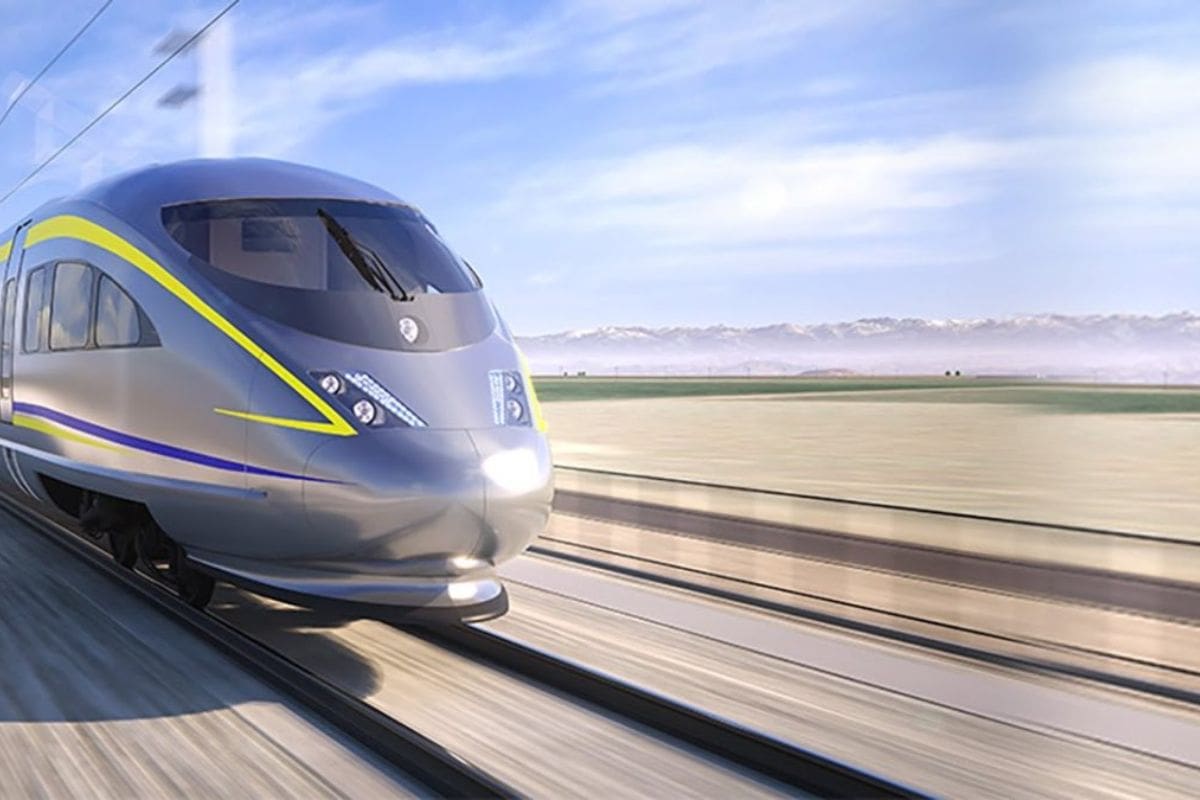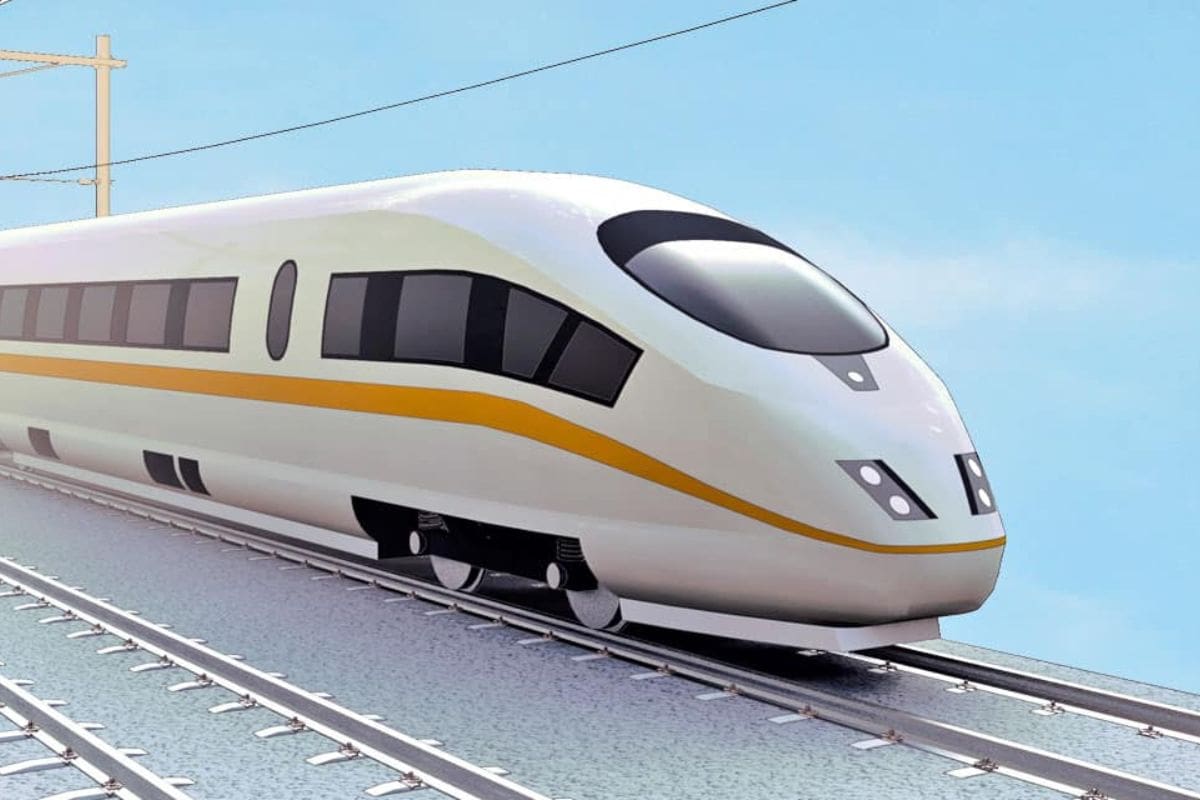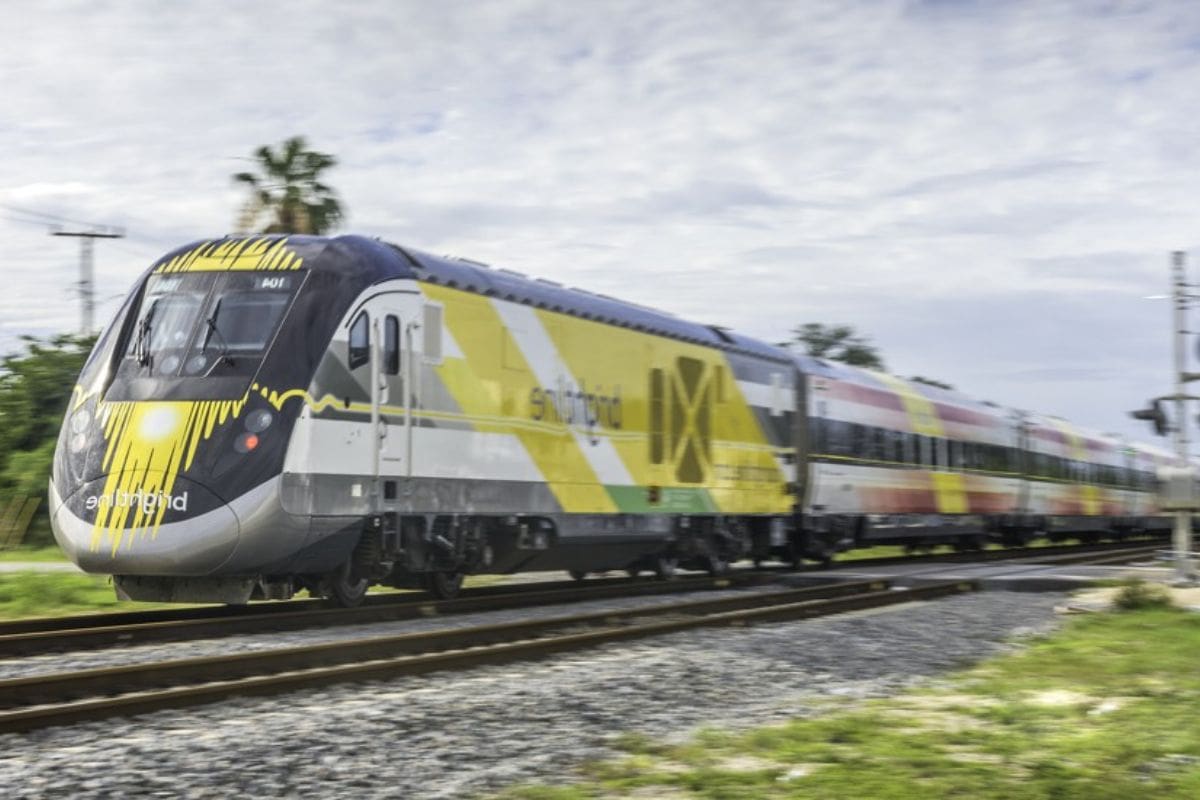Federal Government Invests: In a significant move towards enhancing transportation infrastructure and connectivity, the federal government has made a substantial investment of over $6 billion in two high-speed rail projects in California.
This funding allocation is set to propel the development of the Brightline Project and the California High-Speed Rail (CHSR) Project, both of which hold immense potential for revolutionizing travel within the state.
With an aim to alleviate congestion, reduce travel times, and promote sustainable modes of transportation, these projects are poised to have a transformative impact on the Central Valley and California as a whole.
The implications of this investment extend beyond just transportation, and they have the potential to shape the future landscape of the region.
Key Takeaways Of Federal Government Invests
- The federal government has invested over $6 billion in two high-speed rail projects in California, namely the Brightline Project and the California High-Speed Rail (CHSR) Project.
- These investments aim to improve rail connectivity across the country, reduce carbon emissions, alleviate traffic congestion, and enhance connectivity between cities.
- The Brightline Project, connecting Los Angeles to Las Vegas, has received $3 billion in federal funding and holds the potential to reduce carbon emissions and alleviate traffic congestion.
- The CHSR Project, connecting Merced, Fresno, and Bakersfield, has received $3.1 billion in federal funding and aims to modernize passenger rail, improve travel efficiency, reduce travel time between Los Angeles and San Francisco, and decrease congestion and emissions.


Funding Allocations for High-Speed Rail Projects
The funding allocations for high-speed rail projects have been a significant focus within the $6 billion investment by the Biden administration. With the aim of revitalizing America’s transportation infrastructure, the administration has allocated a substantial portion of the funding to support two high-speed rail projects in California.
This investment is part of a broader $8.2 billion national investment in high-speed rail, highlighting the significance placed on improving rail connectivity across the country. President Biden has described this initiative as the ‘most ambitious rail project in the Western Hemisphere,’ underscoring the administration’s commitment to developing a world-class rail network.
The funding allocations for these projects will not only create jobs and stimulate economic growth but also pave the way for efficient and sustainable transportation options, reducing congestion and emissions.
The Brightline Project
With the focus on high-speed rail funding allocations, attention now turns to the Brightline Project, which aims to connect Los Angeles to Las Vegas.
Here are some key facts about the project:
- The Brightline Project has received federal authorization for $3 billion in funding, highlighting the government’s commitment to its success.
- One of the project’s main benefits is its potential to reduce carbon emissions. By providing an alternative to driving, the high-speed rail could help decrease the environmental impact of transportation in the region.
- Another advantage of the Brightline Project is its potential to alleviate traffic congestion. By offering a faster and more efficient mode of transportation, it could help reduce the number of vehicles on the road, improving overall traffic flow.
- The project is expected to significantly improve connectivity between Los Angeles and Las Vegas, enhancing travel options for commuters and tourists alike.
California High-Speed Rail (CHSR) Project
The development of the California High-Speed Rail (CHSR) Project marks a significant investment in modernizing passenger rail and improving travel efficiency within the state. With the aim of constructing a high-speed passenger bullet train connecting Merced, Fresno, and Bakersfield, this project has received $3.1 billion in federal funding.
The CHSR Project intends to reduce travel time between Los Angeles and San Francisco while also modernizing the overall passenger rail system. This investment in high-speed rail infrastructure is expected to bring numerous benefits, including reducing congestion on highways, decreasing greenhouse gas emissions, and enhancing connectivity and accessibility for travelers. The table below summarizes key information about the California High-Speed Rail (CHSR) Project:
| Project Name | California High-Speed Rail (CHSR) Project |
|---|---|
| Funding | $3.1 billion |
| Objective | Modernize passenger rail, improve travel efficiency |
| Route | Merced, Fresno, Bakersfield |
| Benefits | Reduced travel time, decreased congestion and emissions, enhanced connectivity |

Also Read: CDPH Issues Revised COVID 19 Isolation and Testing Recommendations
Impact on Central Valley and California
The impact of the California High-Speed Rail (CHSR) Project on the Central Valley and California extends far beyond improving travel efficiency and reducing congestion on highways.
Speaker Emerita Nancy Pelosi expressed gratitude for the federal funding, emphasizing the positive impact on the Central Valley and the state as a whole. The groundbreaking nature of the project is also noteworthy, as it plays a crucial role in modernizing passenger rail in the United States.
Additionally, the CHSR project brings significant economic benefits, including job creation and contributions to economic activity and small businesses. This investment will not only enhance transportation options, but also stimulate economic growth and development in the Central Valley and California.
Connect SoCal 2024 Regional Transportation Plan
The Connect SoCal 2024 Regional Transportation Plan outlines a comprehensive strategy to address transportation, housing, and environmental challenges in the Southern California region. This plan aims to meet federal transportation air quality standards and state greenhouse gas emission targets. It also focuses on strategies to tackle the housing crisis, homelessness, and climate change adaptation, while making investments in underserved communities.
The plan recognizes the need for integrated and sustainable transportation systems that promote accessibility, equity, and economic growth. It emphasizes the importance of reducing congestion, improving public transit, and enhancing active transportation options such as walking and cycling.


Conclusion Of Federal Government Invests
The federal government has made a significant investment of over $6 billion in two high-speed rail projects in California. These projects, namely the Brightline Project and the California High-Speed Rail (CHSR) Project, are expected to have a significant impact on the Central Valley and California as a whole.
The Connect SoCal 2024 Regional Transportation Plan will further enhance the transportation network in the region. This investment demonstrates the commitment towards improving transportation infrastructure and connectivity in California.
Our Reader’s Queries
Q1. How much of California high-speed rail is built?
A. 422 miles of the high-speed rail project’s 500-mile Phase 1 alignment from San Francisco to Los Angeles/Anaheim have been environmentally cleared, with 119 miles currently under active construction. The Authority is dedicated to obtaining environmental clearance for the entire 500-mile system from San Francisco to Los Angeles/Anaheim.
Q2. What is the status of the California high-speed rail?
A. Construction commenced in the Central Valley in 2015, and presently, 171 miles (275 km) of the route are in various stages of completion. As of late 2023, an average of 1,500 workers were engaged on CAHSR construction sites each day, marking it as the largest construction project in the US.
Q3. Who is the contractor for California High-Speed Rail?
A. The joint venture of Tutor-Perini/Zachry/Parsons serves as the contractor.
Q4. Why is California high-speed rail so expensive?
A. The high price tag of the project is attributed to inflation and increased construction costs. According to Brian Kelly, CEO of the California High-Speed Rail Authority, $9.8 billion has been expended on the project so far. Kelly acknowledged the existence of a funding gap since the project’s initiation.
Q5. Who is the CEO of California High-Speed Rail?
A. Brian Kelly, who assumed the role of CEO of the California High-Speed Rail Authority in 2018, submitted a formal letter of resignation on Thursday. Kelly took charge of the CAHSR project, which was bogged down and politically unpopular at the time of his appointment.

